Stevie Wonder thanks Steve Jobs for making iOS devices fully accessible
Highlighted in a report by The Next Web , the blind from birth performer asked the audience to think about helping those with disabilities, specifically calling attention to Jobs.
"I want you all to give a hand to someone that you know whose health is very bad at this time," Stevie Wonder said. "His company took the challenge in making his technology accessible to everyone. In the spirit of caring and moving the world forward, Steve Jobs."
He added, "because there's nothing on the iPhone or iPad that you can do that I can't do. As a matter of fact, i can be talking to you, you can be looking at me, and I can be doing whatever I need to do and you don't even know what I'm doing!"
Apple has made accessibility a primary feature of iOS, adding layers of support to help users with visual, hearing, or motor limitations.
Other mobile platforms offer far less support. Those that do include some accessibility features, such as Google's Android, can be overridden by licensees. The site Android Accessibility specifically notes that HTC, Motorola and Samsung package customization layers and apps on their Android phones that are not accessible.
Stevie Wonder's comments start at about 4:40 in the clip below.
 Daniel Eran Dilger
Daniel Eran Dilger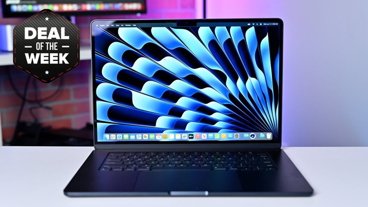
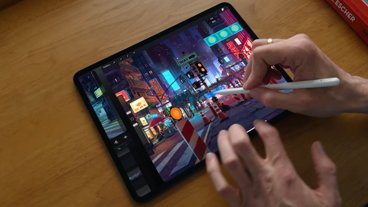

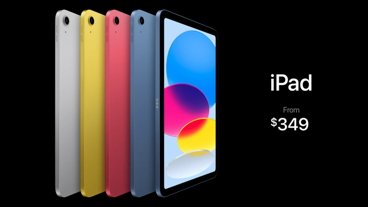

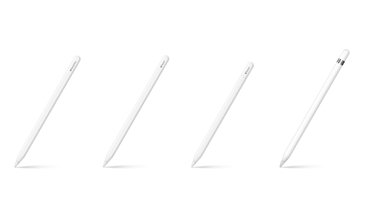
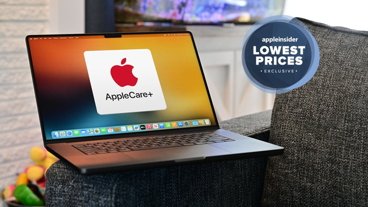
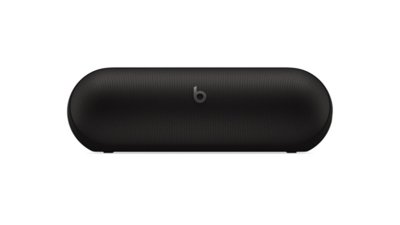
 Amber Neely
Amber Neely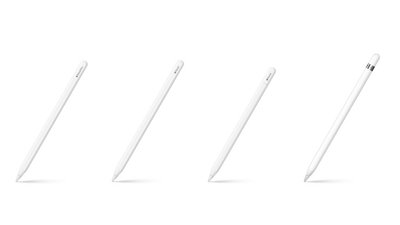
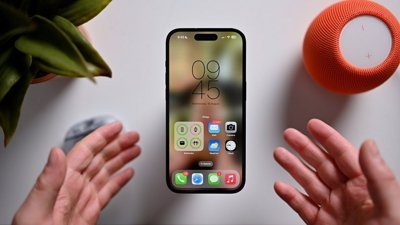
 Malcolm Owen
Malcolm Owen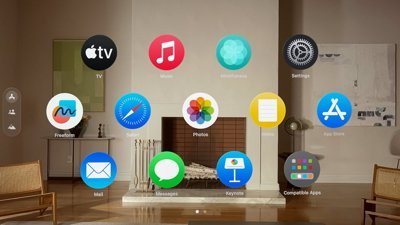

 Andrew Orr
Andrew Orr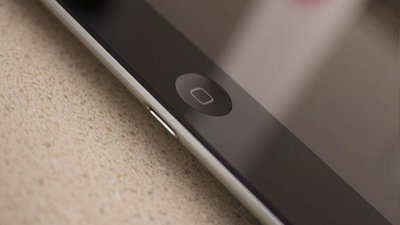
 William Gallagher
William Gallagher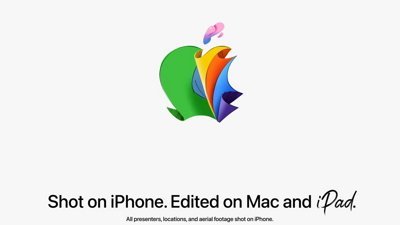
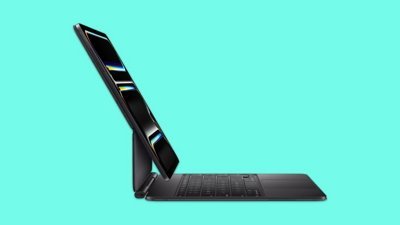
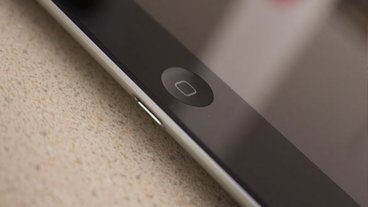
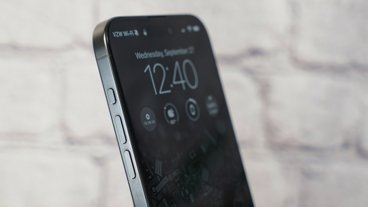
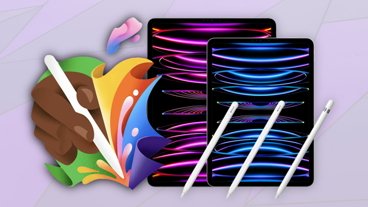
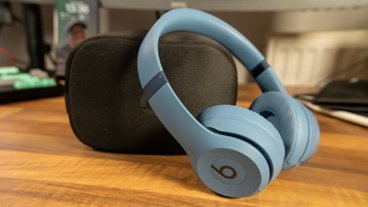
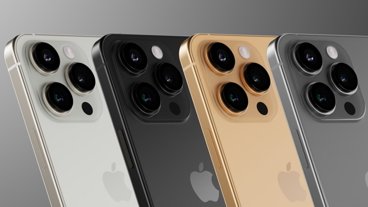
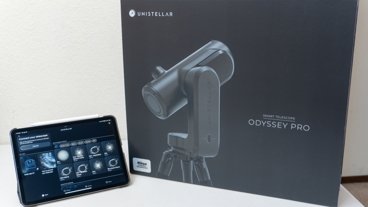
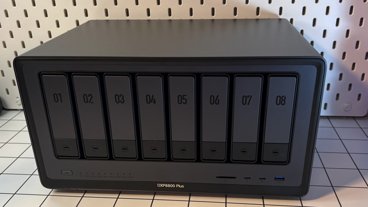
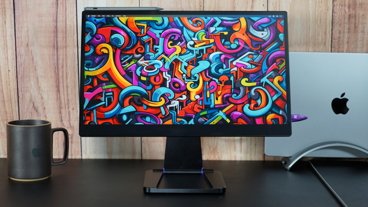

27 Comments
On stage at the Echoplex in Los Angeles, Stevie Wonder gave a shoutout to Apple's Steve Jobs for making the iPhone and iPad fully accessible to disabled users. ...
Yet another reason why the capacitive home button is such a bad idea and one that Apple shouldn't implement.
Yet another reason why the capacitive home button is such a bad idea and one that Apple shouldn't implement.
I absolutely agree with you.
Testing the web sites I build using VoiceOver is a pretty cool experience?close your eyes and navigate. Although I?m not vision impaired, I can get some sense of what an amazing leap forward iOS is over previous computing/browsing solutions. A blind user can tell a sighted user to go to the third button at top-left, say... everything is laid out the same no matter what senses you use. As it should be!
Yet another reason why the capacitive home button is such a bad idea and one that Apple shouldn't implement.
What's the difference between feeling for a physical home button that you have to press and feeling for an indentation that you just have to touch?
If you rely on this input method for things like voice control, it's far easier not having to push a physical button all the time.
What's the difference between feeling for a physical home button that you have to press and feeling for an indentation that you just have to touch?
Because in "feeling for" a capacitive button you have already pressed it (even if this was not your intention). A physical button allows a user to differentiate between locating and activating.
Imagine how annoying it would be to use a mouse that didn’t have any physical buttons and activated everything the cursor inadvertently moved over.